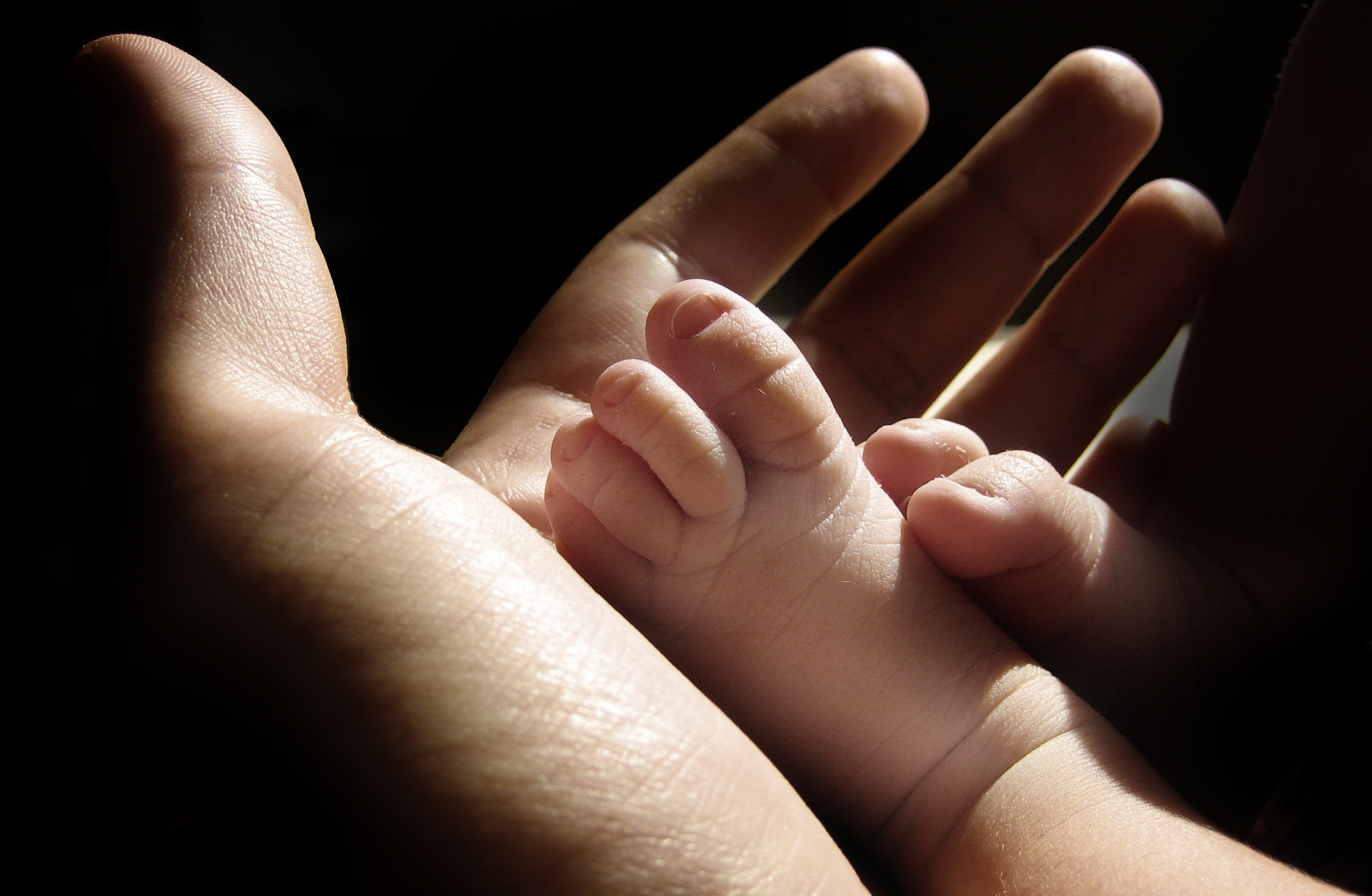FRIDAY, June 10, 2016 (HealthDay News) — Couples who are trying to have children and live in Zika-affected areas should consider delaying pregnancy to avoid having babies born with birth defects, U.N. health officials now recommend.
The new guideline replaces an earlier one that suggested women planning to become pregnant should wait at least eight weeks before trying to conceive if they or their partner live in — or are returning from Zika-affected regions.
Mosquito bites remain the most common source of infection of the virus that causes the severe birth defect microcephaly, which results in babies with abnormally small heads and brains. But transmission of the virus through sex is more common than previously thought, World Health Organization officials have said.
In the United States, the U.S. Centers for Disease Control and Prevention has refrained from recommending that couples delay pregnancy in Zika-affected areas, although Puerto Rico’s Health Secretary has issued advice that is similar to the new WHO guideline, The New York Times reported.
Although the new WHO recommendation doesn’t specify how long couples should delay pregnancy, the recommendation “means delaying until we have more answers, more evidence, more science,” WHO spokeswoman Nyka Alexander told the Times.
However, she added that WHO is only suggesting, and not telling, couples in Zika-affected areas to delay pregnancy.
The vast majority of Zika infections have occurred in Latin America, with Brazil the hot zone with an estimated 5,000 cases of microcephaly. There have been no reports of Zika-induced microcephaly contracted in the United States, although Zika is now circulating in Puerto Rico, the U.S. Virgin Islands and American Samoa.
And U.S. health officials have said they expect to see Zika infections in Gulf Coast states such as Florida, Louisiana and Texas as mosquito season picks up.
Last month, U.S. health officials reported that the number of pregnant women in the United States infected with the Zika virus had tripled because cases were now being counted in a more comprehensive way.
So far, an estimated 280 infected women are being followed in the United States and its territories, according to two registries that have been created by the U.S. Centers for Disease Control and Prevention.
Previously, only cases of pregnant women who had Zika-related symptoms or pregnancy complications were being tallied, CDC officials said. But recently published reports have found that some pregnant women show no symptoms of Zika infection, yet still give birth to babies with microcephaly.
To limit any potential spread of Zika virus via mosquitoes, health officials on the federal, state and local level are deploying a three-pronged strategy: improving mosquito control; expanding their ability to test for Zika; and urging the public to protect themselves against mosquitoes.
Women of child-bearing age who live in an active Zika region should protect themselves from mosquito bites by wearing long-sleeved shirts and long pants, using mosquito repellent when outside, and staying indoors as much as possible, according to the CDC.
President Barack Obama has asked Congress to allocate $1.9 billion to combat the Zika threat, but lawmakers have yet to agree on a spending package.
More information
Visit the U.S. Centers for Disease Control and Prevention for more on the Zika virus.
This Q&A will tell you what you need to know about Zika.
To see the CDC list of sites where Zika virus is active and may pose a threat to pregnant women, click here.
Copyright © 2025 HealthDay. All rights reserved.

